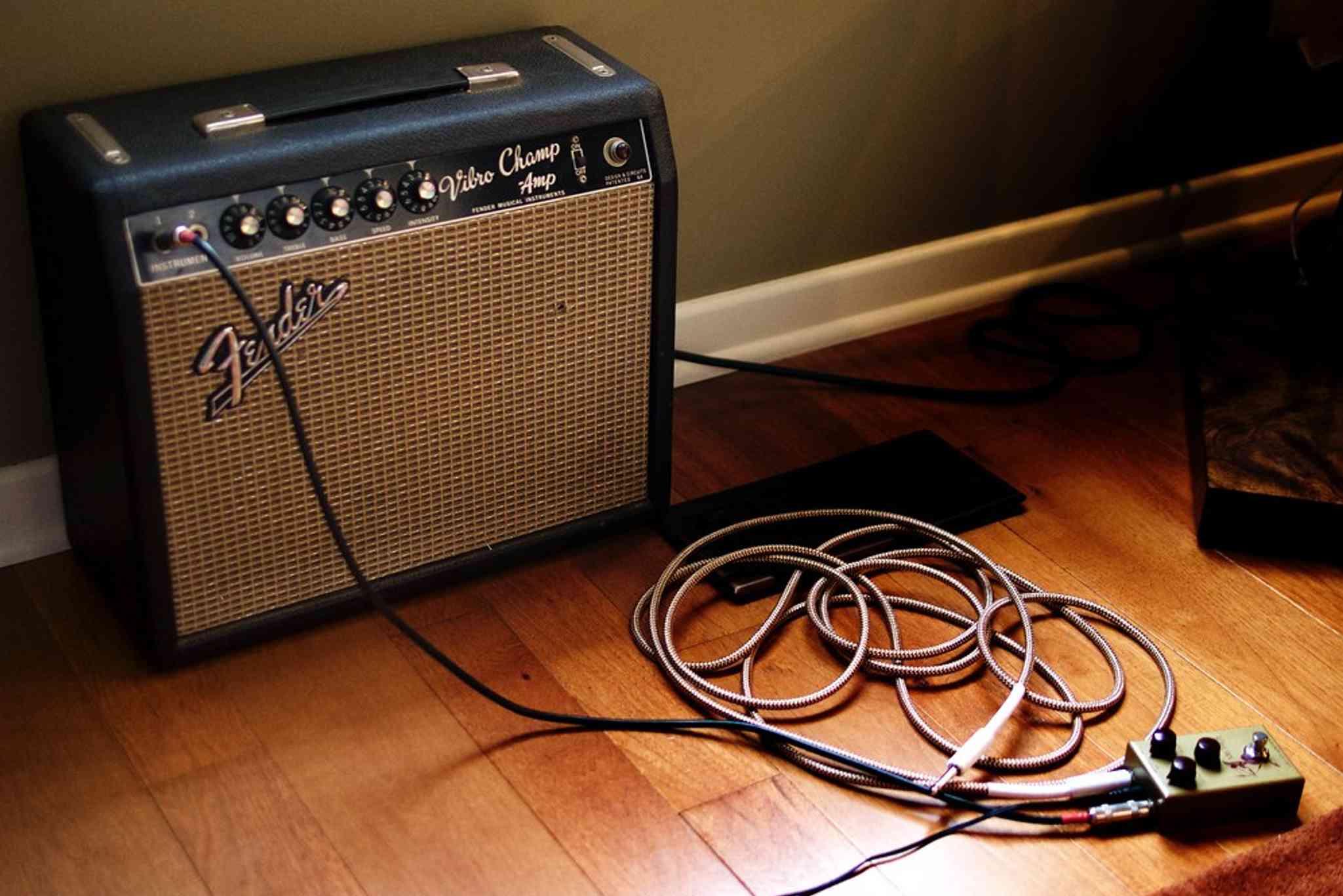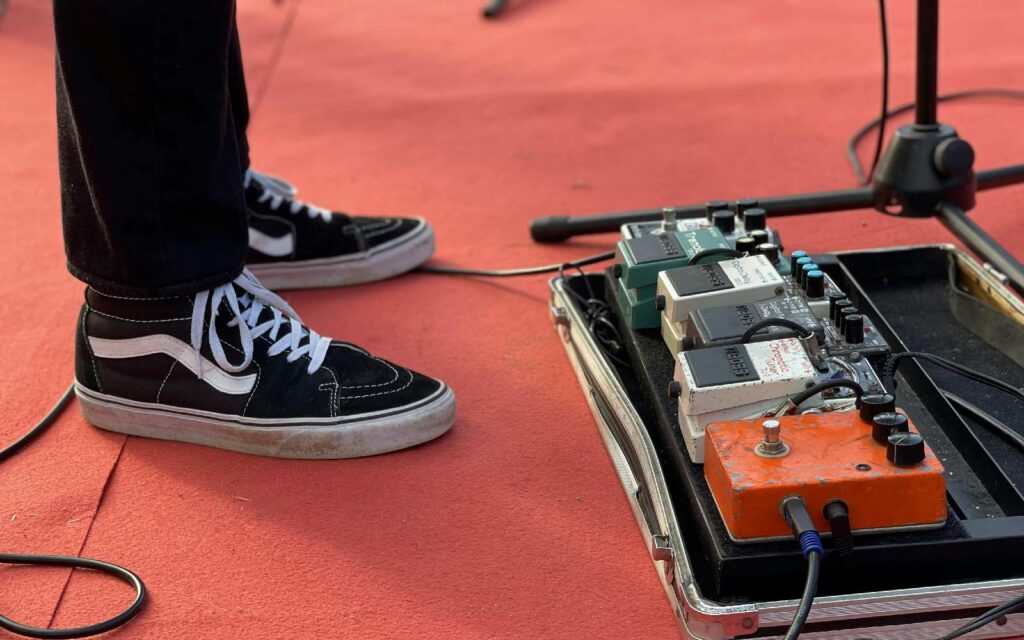Don't fall prey to this fatal gear error.
As the connector that brings together your instrument and amp the ¼” jack connector is a familiar piece of equipment for all musos – from budding beginners to stage-hardened veterans. Often simply referred to as a ‘jack’, it provides a mono or single channel connection and is easily identified by the single black hoop (called an insulating ring) that denotes this very function. Where things get complicated, however, is in its use as both an instrument cable, and as a speaker cable. With each application requiring its own unique manufacturing, the result of confusing the two cables can be detrimental to both your tone and to your amp. Here’s how to avoid any ill-fated mix-ups.
Summary
- Despite looking nearly identical, an instrument and a speaker cable are inherently different due to varying levels of shielding required.
- Plugging an instrument cable into a speaker cabinet instead of a speaker cable can cause serious damage to guitar and bass amplifiers.
- Knowing how to identify the difference between a speaker and instrument cable is essential for any musician performing or recording regularly.
Read all the latest gear columns, features and how-to’s here.
Instrument cable
The construction of a ¼” cable consists of a copper core coated with polyester or rubber, equipped with a variety of nickel, gold or other metal connectors.
The components that differentiate an instrument cable from a speaker cable are the wiring and shielding.
The smaller wires of the instrument cable are shielded in order to cope with its high impedance setting, acting to reduce disturbance from other electronics and nearby radio signals.
Conversely, with the immensity of your amp’s signal and the low impedance of your speaker, a speaker cable don’t require any such shielding, but rather a higher gauge wire. The stability and strength of the signal simply nullifies any outside interference.
Consequences of using the wrong cable
The impact of using a speaker cable, without shielding, in place of an instrument cable is detrimental to your tone, causing unwanted hum, buzz and noise.
This is caused most severely by interference from your own amplifier’s transformer, and other band member’s amplifiers and PA speakers, while other nearby electronics, such as mobile phones and stage lighting can also be destabilising factors.
In short, it’s a sure way to derail a live set.
It’s the incorrect use of an instrument cable instead of a speaker cable, however, that can cause severe damage to your amp.
This happens when the large electrical current travels through the instrument cable’s small gauge wire, potentially resulting in the cable being melted. A product of which can be an electrical short and in turn, damage to your beloved amp.
In addition, the instrument cable introduces a capacitive element that can destabilise your amplifier and result in varying degrees of damage.
How to identify one from the other
It’s common practice for manufacturers to indicate if a cable is designed for use with an instrument or speaker.
Yet there will be times where telling the difference between the two isn’t so obvious. In this scenario unscrewing the end and taking a look inside is the best way to identify the cable’s intended function.
Inside a speaker cable you will find two independent wires, with one connected to the tip and the other to the sleeve.
The colours of these wires are likely to be red and black, or white and black, while they will also be of significant size. There won’t be any braided wires or foil rap for shielding contained within the cable.
In an instrument cable one or both of the smaller wires will be covered in braided wire mesh for grounding or foil wrap for shielding.
Interested in how much difference this gear makes? YouTuber Jim Lill does the work to find out!







